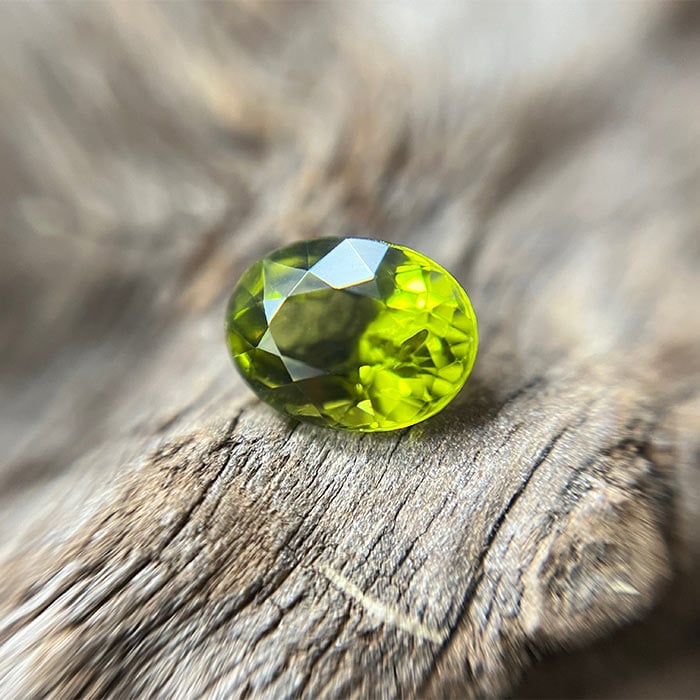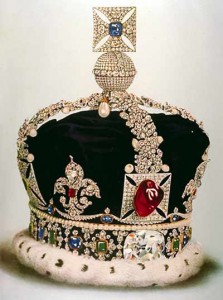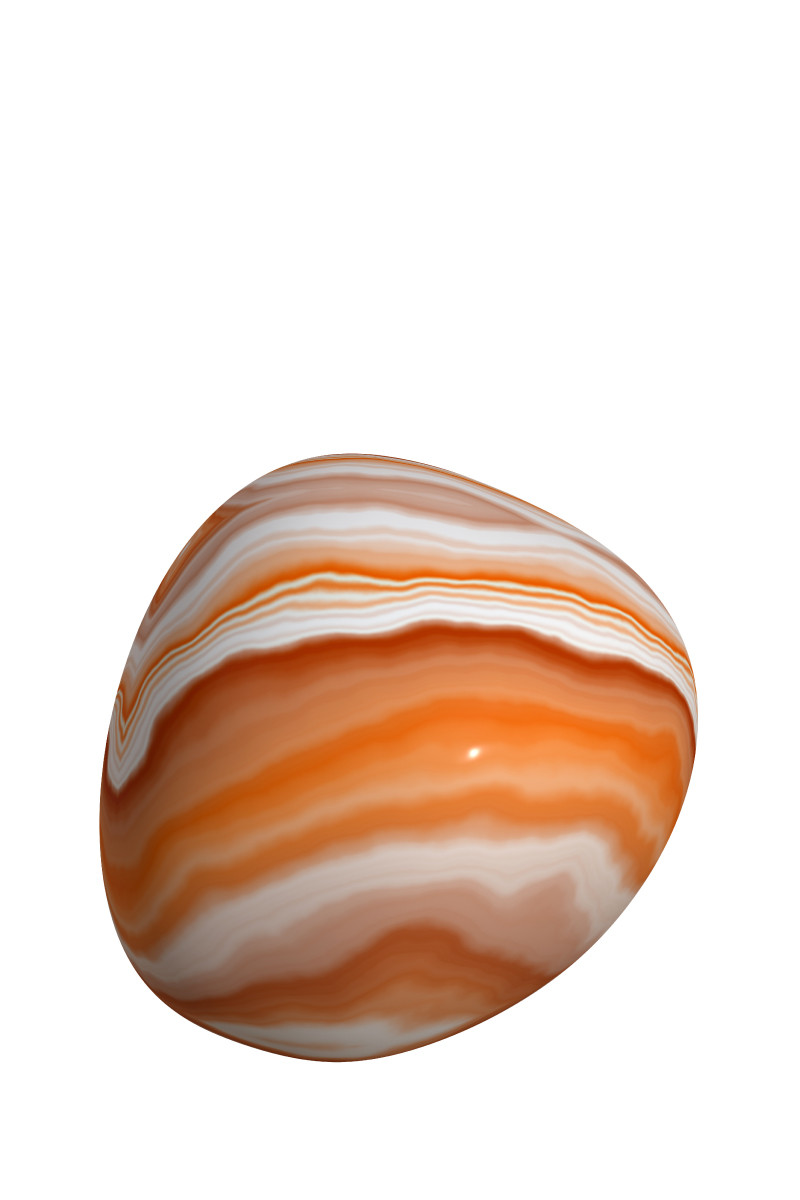August Birthstone Secrets: Why Peridot, Spinel & Sardonyx Are More Than Just Pretty Stones

The Magic of August Birthstones
If you were born in August, consider yourself lucky—you get not one, not two, but three different birthstones to choose from. Unlike other months that typically have just one gem associated with them, August offers a trio of treasures: Peridot, Spinel, and Sardonyx. Each stone is beautiful in its own right, but more importantly, each has a unique story, geological history, and symbolic meaning that makes it worth exploring, especially if you're into gems, minerals, or rockhounding.
Whether you're a collector, hobbyist, spiritual seeker, or simply someone fascinated by the natural world, these birthstones offer much more than just sparkle. They are pieces of Earth's history, forged under intense heat and pressure, sometimes coming from volcanic lava, ancient seabeds, or even outer space.
So why exactly does August have three birthstones? What makes each one unique? And if you're a rockhound, can you actually go out and dig up one of these beauties yourself?
Let's dig into the fascinating world of August birthstones—and uncover the secrets, science, and stories behind them.
Why August Has Three Birthstones (And What Makes Each One Special)
Most months have just one traditional birthstone. But in the 20th century, jewelers and gem associations began updating the lists to include more affordable or accessible alternatives to the traditional stones. August is one of the few months that saw multiple additions over time.
Originally, Sardonyx was the only recognized birthstone for August. Later, Peridot was added, likely due to its growing popularity and wider availability. In 2016, Spinel joined the official list, thanks to the American Gem Trade Association and Jewelers of America, who wanted to spotlight this lesser-known but stunning gem.
Each of these stones reflects a different era of gem appreciation:
- Sardonyx is ancient, going back to the Roman Empire.
- Peridot has mystical, volcanic origins and has been prized for centuries.
- Spinel is the hidden gem, often mistaken for ruby and finally getting the attention it deserves.
Each offers something unique in terms of color, lore, location, and meaning, making August a month filled with both variety and vibrancy.
Peridot: The Green Gem from Volcanoes and Space
Peridot is arguably the best-known of the three August birthstones, thanks to its distinctive yellow-green color and exotic origins. Unlike many gemstones that form deep in the Earth's crust, peridot forms in the upper mantle, and is brought to the surface by volcanic activity. In fact, it's one of the few gemstones that forms under extreme pressure in lava or in meteorites.
That's right—some peridot has literally fallen to Earth from outer space, carried by pallasite meteorites.
This gemstone has been cherished since ancient times. The Egyptians called it the "gem of the sun," and it was believed to protect against nightmares and evil spirits. Even today, many still view it as a stone of protection, clarity, and abundance.
In terms of appearance, peridot has a refreshing lime to olive green hue. The richer the green (with less yellow tint), the more valuable the gem. However, almost all peridot has some inclusions and cloudiness, so perfect clarity is rare.
Where Is Peridot Found?
One of the most exciting aspects for rockhounds is that peridot can actually be collected in the wild. The San Carlos Apache Reservation in Arizona is one of the most famous sources of gem-quality peridot in the United States. Hawaii also has olivine-rich beaches, although collecting from protected areas is usually restricted.
Please always bring appropriate attire and do research before venturing out to rock hunt and crystal hunt. Also, be sure to verify that the location you want to hunt at is available for public access. Rockhounding.org does our best to verify, but it is your responsibility to verify as well because sometimes things change. We are not liable for any actions you take from the information you find on this site.
Peridot has also been found in Myanmar (Burma), Pakistan, and even on Mars and the Moon, at least in trace amounts detected by satellites.
If you're a gem enthusiast, collector, or hobby geologist, peridot is a thrilling reminder that Earth—and the universe—are full of surprises.
Spinel: The Most Misunderstood August Birthstone

Spinel is the newest addition to August's list of birthstones, but it's far from a newcomer to the gemstone world. In fact, some of the most famous "rubies" in history were actually spinel.
Take the Black Prince's Ruby, for example, which sits in the British Imperial State Crown. It's not a ruby at all—it's a giant red spinel.
For centuries, people confused spinel with ruby because of their similar red color. However, spinel comes in a rainbow of colors, including pink, lavender, blue, violet, orange, and gray. Red spinel is still the most popular, but increasingly, collectors are drawn to the softer pastel tones and rare cobalt-blue varieties.
What Makes Spinel So Special?
Unlike many gems that require treatments to enhance their color, natural spinel often doesn't need any help. Its brilliant sparkle, durability, and natural beauty make it a favorite among high-end gem collectors.
Spinel is also associated with rejuvenation and vitality. Spiritually, it's believed to restore energy and bring clarity to the mind and emotions. For those dealing with stress or burnout, spinel is said to have a grounding, restorative effect.
Where Can You Find Spinel?
Spinel is found in metamorphic rock environments, especially in marble. The best gem-quality spinels come from Myanmar, Sri Lanka, and Vietnam. In the U.S., spinel is extremely rare, but some reports suggest minor deposits in New York and Montana.
If you happen to find spinel in the wild, you're incredibly lucky—it's one of the most underrated treasures a rockhound could dream of discovering.
Sardonyx: The Oldest Known Birthstone for August

While spinel is the newest August birthstone, sardonyx is the oldest. It has been used for thousands of years, even before the time of ancient Rome and Greece. Roman soldiers wore sardonyx amulets into battle because they believed it would bring courage, strength, and protection.
So, what exactly is sardonyx?
It's a type of banded chalcedony, a variety of quartz, made up of alternating layers of sard (reddish-brown) and onyx (white or black). These bands can be striking and beautiful, giving sardonyx a layered, almost striped appearance.
Because of its hardness and beauty, sardonyx has long been used in cameos, intaglios, and carvings. It's also a relatively affordable stone, making it popular for those who want symbolic jewelry without a hefty price tag.
Symbolism and Meaning
Sardonyx is often associated with discipline, strength, and courage. It's said to stabilize relationships, promote integrity, and help with public speaking. It doesn't sparkle like spinel or glow like peridot, but its grounding energy and historical use make it a meaningful gem.
Where Can You Find Sardonyx?
Sardonyx can be found in India, Brazil, Madagascar, and the United States. In the U.S., notable locations include parts of Oregon and Colorado. It can sometimes be discovered in riverbeds or in areas with exposed sedimentary rock.
For rockhounds, sardonyx is a satisfying find, especially when polished; its bands pop with beautiful contrast.
RELATED READ: July Birthstone Revealed: Why Rubies Are So Rare—and Where to Find Them Legally
How to Tell If Your August Birthstone Is Real
If you're shopping for—or rockhounding for—birthstones, knowing how to spot the real thing is key. Each of August's stones has telltale features that can help you distinguish genuine gems from imitations.
Peridot has a distinct olive-green hue, often with tiny inclusions called "lily pads." It's relatively soft compared to other gemstones (around 6.5 to 7 on the Mohs scale), so it may show signs of wear. If it looks flawless and very glassy, it might be synthetic or a look-alike like green glass or zircon.
Spinel is harder (8 on the Mohs scale), and its colors are vivid but naturally balanced—not overly saturated. Unlike rubies or sapphires, spinel rarely undergoes treatment, so if the seller claims it's "heated," it might actually be synthetic corundum.
Sardonyx, being a type of quartz, is tough (7 on the Mohs scale) and has distinct banding. If the bands look too perfect or painted on, you may be dealing with a dyed or artificial stone.
Rockhounds often carry a simple loupe or hand lens, hardness picks, and a streak plate when in the field. A little practice and reference photos can go a long way in confirming your finds.
Where to Go Rockhounding for August Birthstones in the U.S.
One of the joys of being a rockhound is the thrill of finding your own gemstones. While not every August birthstone is easy to find in the wild, here are a few spots worth noting:
- Peridot: Your best bet is Arizona's San Carlos Apache Reservation, home to some of the finest peridot in the world. You'll need permission and may need to go with a guide, but it's a genuine opportunity for gem hunting.
- Hawaii: While you can't collect peridot from protected beaches, the volcanic origins of the islands give you a good look at olivine-rich sands.
- Sardonyx: Look for layered chalcedony in places like Oregon, Colorado, and Utah. Road cuts, dry riverbeds, and quartz-rich sedimentary areas are your best bet.
- Spinel: It's a long shot, but Montana and New York have had trace findings of spinel. Still, most American rockhounds acquire spinel through gem shows or dealers.
Before collecting, always check local laws and obtain permits if required. Ethical and legal rockhounding protects our shared natural heritage.
August Birthstones in Culture, Fashion & Modern Life
Whether you're looking for a meaningful birthday gift, spiritual talisman, or statement piece, August birthstones offer variety and versatility.
- Peridot looks fantastic in both gold and silver settings and is ideal for rings, necklaces, and earrings.
- Spinel, especially in pink or blue, rivals sapphire and ruby in fine jewelry.
- Sardonyx, though less flashy, shines in carved pieces, cameos, and beads.
Astrologically, Leo and Virgo are both August signs, and each of the birthstones ties in with qualities like strength, clarity, protection, and resilience.
More than just fashion statements, these stones tell stories of the Earth, of ancient civilizations, and of your personal journey.
Final Thoughts: Which August Birthstone Speaks to You?
August birthstones aren't just decorative—they're a reflection of natural history, personal meaning, and geological wonder. Whether you're drawn to the lime-green fire of peridot, the royal mystery of spinel, or the earthy strength of sardonyx, there's something here for everyone.
And if you're a rockhound? Even better. These aren't just stones to buy—they're treasures you might one day find with your own hands, buried in lava rock, marble, or riverbed sediment.
The Earth is generous. All we have to do is look a little deeper.
FAQ: August Birthstones
1. What is the original August birthstone?
+Sardonyx is the oldest known birthstone for August, dating back to Roman times.
2. Why are there three birthstones for August?
+To offer more variety and accessibility. Sardonyx was the traditional stone, peridot was added for popularity, and spinel was added in 2016 for its gem-quality appeal.
3. Which August birthstone is the rarest?
+Spinel, especially natural red or cobalt blue varieties, is the rarest and most valuable of the three.
4. Can you find any of these birthstones in the U.S.?
+Yes! Peridot can be found in Arizona and Hawaii, sardonyx in Oregon and Colorado. Spinel is extremely rare but has been reported in Montana and New York.
5. What does peridot symbolize?
+Peridot is associated with protection, clarity, and abundance. Ancient Egyptians called it the "gem of the sun" and believed it protected against nightmares and evil spirits.
